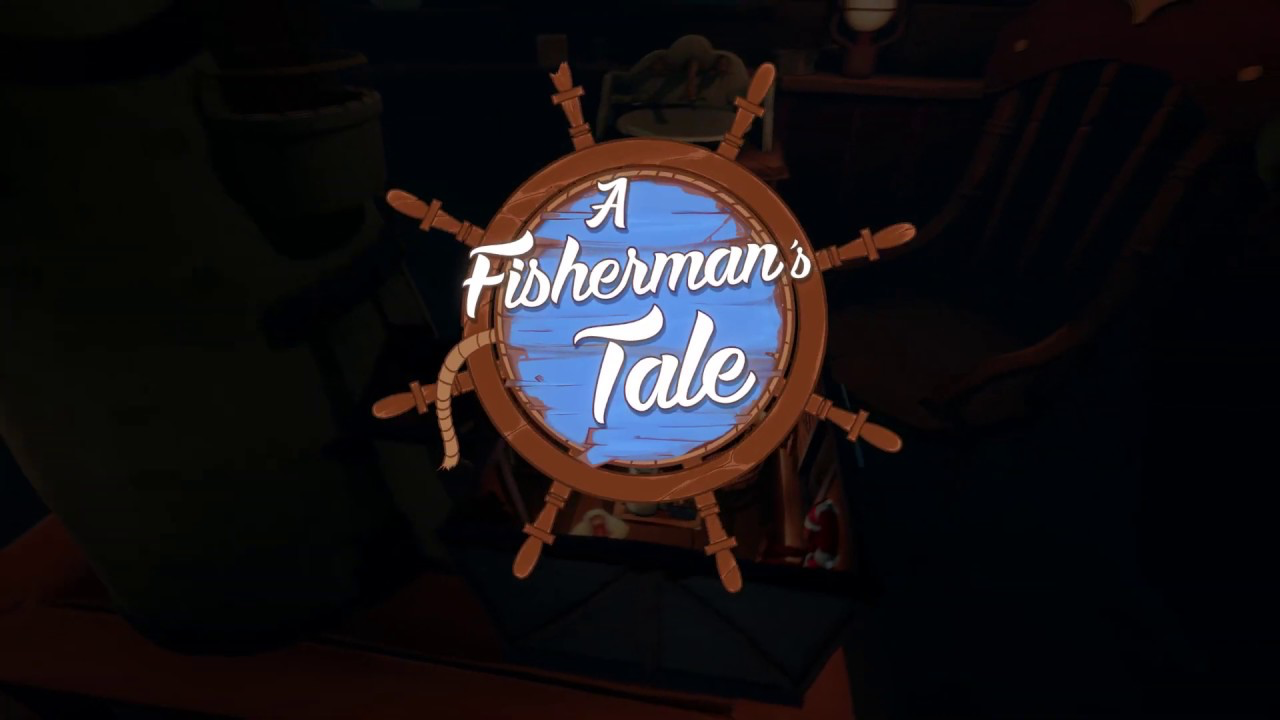A Fisherman’s Tale won the award of ‘Best VR Game’ at this year’s annual VR Awards. It came as no surprise, as this game has captivated millions inside and out of the virtual reality community. Not only does the game immerse you in ways that not many can, but it has a story and theme that will leave you thinking about this game long after you play and beat it.
Unlike most games that are completed in less than an hour, the masses have had no problem running through this game multiple times. Finding new clues and folds of the story is one of the fun parts of owning this game. Now on the Oculus Quest, you can get lost in this game that is going to remind you of the movie Inception.
Oculus sat down with the creative director from InnerspaceVR, Balthazar Auxiétre. You can check the Oculus Blog for the full post, or look below for the full interview.
How would you describe A Fisherman’s Tale to someone new to puzzle games and VR?
Balthazar Auxiétre: A Fisherman’s Tale is a mind-bending VR puzzle adventure game. You play as Bob, a small fisherman puppet who finds himself trapped inside of a model lighthouse. This model lighthouse is actually inside another model lighthouse, which itself is sitting in another model, and so on. You need to work together with infinite bigger and smaller versions of yourself and interact with different scales of the model to find your way out of a bizarre predicament.
Inspired by recursive visuals (seen here), we thought about how cool it would be if people could actually step inside this kind of environment. This is something you can only experience in VR, especially because you have to play with scale and depth in a way that would be impossible in any other 2D game—or real life.
What are the key differences between the Quest and Rift versions of the game?
BA: We have been amazed by the power of Quest. From the start, we knew the freedom of Quest would be a great fit for this type of experience. Quest allows you to jump in and explore your environment and solve puzzles with untethered ease. The main focus has been on improving the user experience. Everything we’ve learned from Quest will help inform design on other platforms as well.

How did the player community respond to the original Rift version? Did the response influence the new Quest version?
BA: Working on the Oculus Quest version provided a great opportunity to improve the overall user experience and work on specific requests from the community, such as handling objects and collision issues. We are very happy with the results and excited to share it with you. And all the improvements that we made will also be carried over to the Rift version through an update.
What’s the story behind the game’s surreal look and feel? It’s not every day we get nautical puzzlers starring wooden puppets.
BA: As with our previous experiences, FIREBIRD—The Unfinished and FIREBIRD—La Péri, we wanted to harness the power of VR to create something unique that users had not seen before. When we arrived at the concept of recursion as a gameplay mechanic, we started to think about what kind of story we could tell and in what kind of universe. A puppet of a retired fisherman that would play with models in a lighthouse environment felt natural and evocative to us. Even if it started as a gameplay mechanic, playing around with the model and many different sizes of himself quickly became a powerful metaphor of a lonely man trapped in his own fears and trauma.
What was the biggest challenge in building the various puzzles throughout the game?
BA: Since the game is equally focused on storytelling and puzzle solving, we needed to find a comfortable way to move the narrative forward without limiting players’ agency. Every player is different: Some want to take their time and focus on the storyline while others are in it for the puzzles and challenges. The biggest challenge was balancing the moments between gameplay and story without losing the pace or stubbornly pushing on. It’s all about careful nudging.

Tell us about one scenario from the game that stands out in your mind.
BA: Personally, the part of the game I’m most proud of is during Chapter 3, when the player starts to understand the backstory behind his character. Bob relives a traumatic storm he had to face aboard his boat. He sees the event from a first-person point of view, whereas before it was only seen as a flashback from a third-person point of view. We build up to this moment during the whole chapter, making full use of VR’s immersive capabilities. Finally, the game and story come together in crescendo—I think it’s very powerful!
What’s next for InnerspaceVR?
BA: We have just released a VR free-roam, fairytale-like adventure for up to four players called The Corsair’s Curse. It uses a similar game mechanic seen in A Fisherman’s Tale but turns it into a completely new experience. Cursed with extreme height (or tininess, depending), players need to collaborate across different dimensions and find their way out of the vessel with the Corsair’s prized treasure. A few other exciting projects are in development, and we can’t wait to put more unique and surreal experiences out there! Keep an eye on our channels to stay up to date!
Is there anything else you’d like to add about A Fisherman’s Tale on Quest?
BA: We are excited to welcome a new audience to the game and we hope you will enjoy the adventure on Quest! And don’t forget to sign up for the newsletter at afishermanstale-game.com/ and follow us on Facebook and Twitter for the latest updates!






























